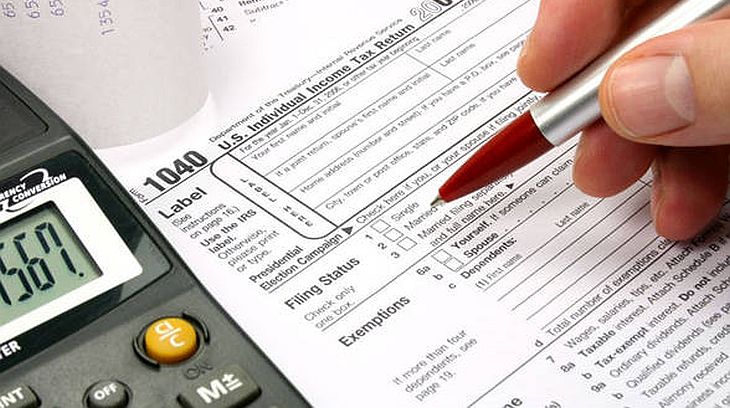Romania currently offers some of the most generous incentives for the purchase of electric vehicles in Europe, in contrast to other key European Union countries, such as Germany, the Netherlands, France and Sweden, which reduce or gradually remove financial support for the purchase of hybrid vehicles or electrical, according to a new study conducted by Roland Berger specialists.
“Rabla Plus, which provides financial incentives for the purchase of electric and hybrid vehicles, has almost doubled year-on-year and reached 218 million euros in 2022. However, in the absence of other constraints such as gradual taxation according to the level of pollution or the implementation of low emission zones, the Rabla Plus program will become a limiting factor in the development of the electric vehicle market in Romania, creating a high dependence on such incentive programs, unsustainable in the long term,” they say.
Szabolcs Nemes, Partner at Roland Berger Bucharest, believes that, compared to other countries, Romania offers generous incentives for the purchase of electric vehicles, but clear targets must be set to reduce the emissions of the car fleet at the national level.
The vehicle taxation system in Romania is based exclusively on the cylinder capacity of the engine, with significant discounts being granted to hybrid and electric vehicles. However, different degrees of hybridization are not taken into account. “Mild” hybrid vehicles benefit from a 95% tax reduction, equal to the reduction applied to plug-in hybrids, while fully electric vehicles are currently not taxed. This system disproportionately favors hybrid vehicles over fully electric vehicles.
In contrast, other European countries use multiple factors in calculating the tax, including considerations of pollution and greenhouse gas emissions. An optimal taxation framework for Romania could take into account the value of motor vehicles, their carbon dioxide emissions and their pollution rate to gradually discourage the use of polluting vehicles.
At the same time, Dragoș Fundulea, Principal of Roland Berger Bucharest, believes that the current vehicle taxation system in Romania must be updated to gradually discourage the ownership of polluting vehicles. Alternative elements that could be taken into account are the value of the vehicles, the pollution rate or carbon dioxide emissions.
”Low-emission zones also encourage the adoption of less polluting vehicles indirectly. Romania is behind in this respect compared to Western Europe. Countries such as France and the UK have implemented multiple low- or zero-emission zones, while locally there are currently no clearly defined zones where access to high-polluting vehicles is restricted. In 2022, more than 15,000 new electric and plug-in hybrid vehicles were registered in Romania, which represented an increase of 70% compared to 2021, of which 75% were electric vehicles. This increase is mainly due to the Rabla Plus support program and the greater availability of electric drive models. Consumers are increasingly interested in green vehicles.
In the main European markets, electric vehicles (EVs and PHEVs) represented a record percentage of 21% of new registrations in 2022. Romania for the first time surpassed important European markets such as Italy and Spain, with a percentage of around 12%, but still lags behind many Western European countries in the adoption of electric mobility.”
Demand for new pure electric (EV) and plug-in hybrid (PHEV) vehicles to grow significantly in 2022
In Romania, more than 15,000 new units were registered last year, up 70% compared to 2021; in other words, an average of 40+ new electric and plug-in hybrid vehicles were registered every day, according to Roland Berger analysts. The share of electric vehicles and plug-in hybrids in total new car registrations reached almost 12% and for the first time surpassed important European markets such as Italy and Spain.
Charging infrastructure continues to develop at a rate of around 300 new charging locations per year, while fast charging stations are becoming more common (4 out of 10 locations now have fast charging capabilities)
“The electromobility index is an indicator of the degree of development of the local electromobility market; its value being determined on the basis of 12 key indicators – The sixth edition (for the year 2022) reveals a local electromobility market score of 63, an increase of 9 units compared to the value of the previous year, compared to a forecasted potential development of 100 in the year 2025. According to the data of 2022, a slight increase of 10% can be seen in the total supply of electric vehicles, but the growth rate is slower compared to previous years. Dacia Spring remains the best-selling electric vehicle in Romania, with approximately 60% of all new electric vehicle registrations,” company specialists added.
The plug-in hybrid vehicle (PHEV) market is more diversified, with no single brand accounting for more than 20% of registrations.
Automakers continued to launch new electric vehicle models in 2022, including more body types such as utility vehicles and commercial vehicles. SUVs remained the most popular segment, accounting for nearly half of all EV models available.
The development of the charging infrastructure remains on an upward trend
The number of charging locations is growing steadily by around 300 per year, while fast (with charging powers of at least 50kW) and ultra-fast (charging powers of more than 150kW) stations are more common than in the past. They account for 42% of the market in 2022. The majority of charging locations operate a single station, while less than 5% of all locations have three or more charging stations installed.
About 30% of the public charging infrastructure is in the retail area. Car dealers have the second largest share of fast charging infrastructure, but many of these are semi-public. Gas station chains saw the largest growth in 2022 in building electric charging stations, with a focus on fast and ultra-fast stations (74% of total).
